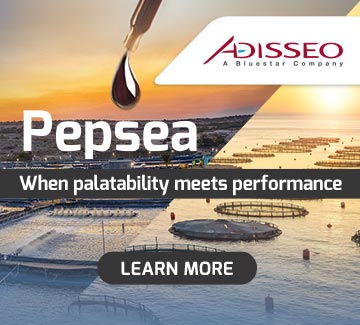
Mercury, particularly in its methylmercury form, is a global pollulant that accumulates in fish and seafood, posing a significant health risk. Consumption of mercury-laden seafood is linked ot neurological conditions and is advised against for pregnant women and young children.
Addressing this issue, researchers from the Chalmers University of Technology in Gothenburg and the Swedish University of Agricultural Sciences in Uppsala, both in Sweden, have developed a promising technique to reduce mercury levels in certain canned fish products. They’ve created an aqueous solution based on cysteine that can bind to mercury, extracting it from fish proteins without the need for pH adjustments, thereby simplifying its application in industrial setting without requiring significant technological modifications at the processing plants.
Tests conducted on canned albacore tuna have achieved mercury reductions of between 25% and 35%, depending on the product type and the duration of exposure to the solution, which can last up to two weeks.
Following mercury extraction, a second phase involves the complete removal of mercury from the solution through an adsorption process using thiofunctionalised silica. Although this step faces challenges due to cysteine interference with efficiency and adsorption, the researchers suggest that developing more effective adsorbents or optimizing conditions could overcome these barriers.
This method has the potential to be integrated into active packaging solutions, where packaging materials do more than just contain the fish; they actively purify it of mercury before it reaches the confidence in fish consumption, essential for healthy and sustainable diets.
Reference:
Strachowski, P., Mandava, G., Lundqvist, J., Bordes, R., & Abdollahi, M. (2024). New Insight into Mercury Removal from Fish Meat Using a Single‐Component Solution Containing Cysteine. Global Challenges, 8(3), 2400161. https://doi.org/10.1002/gch2.202400161


